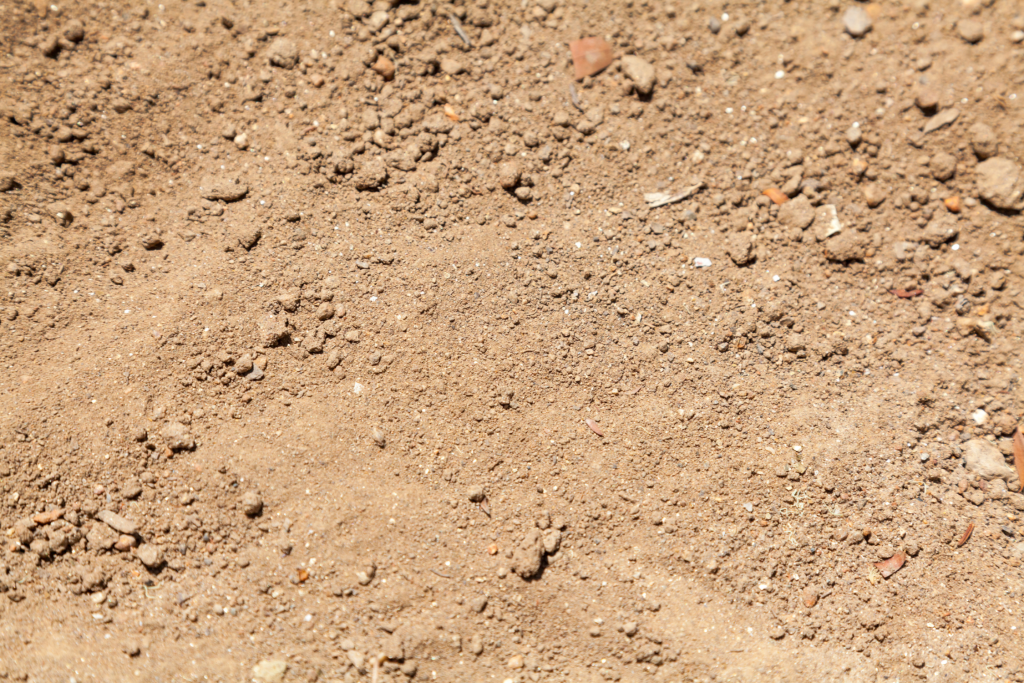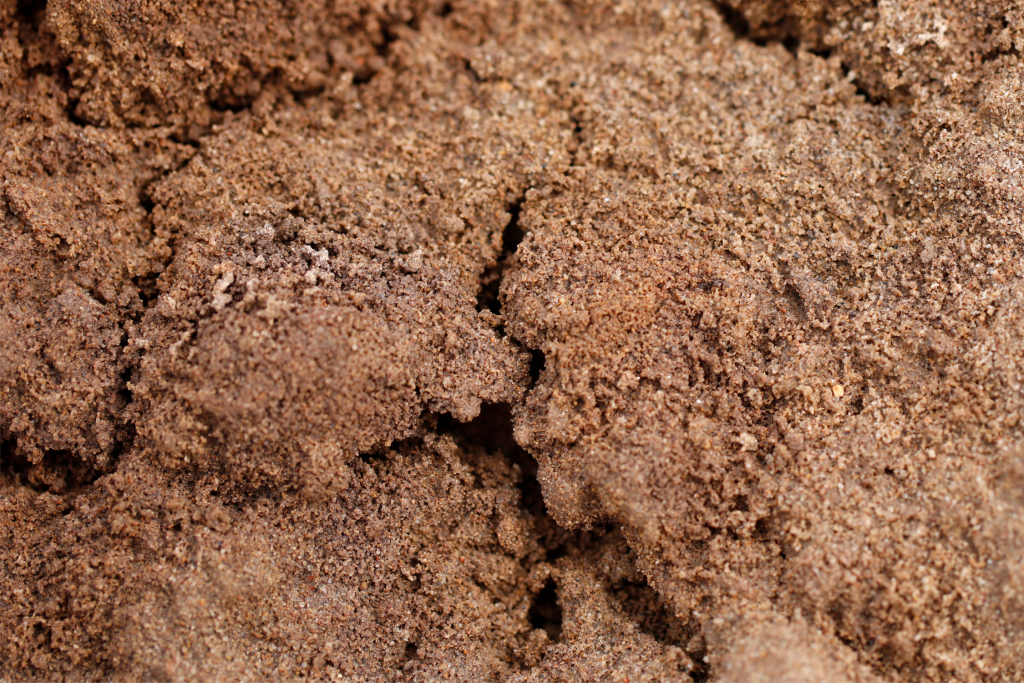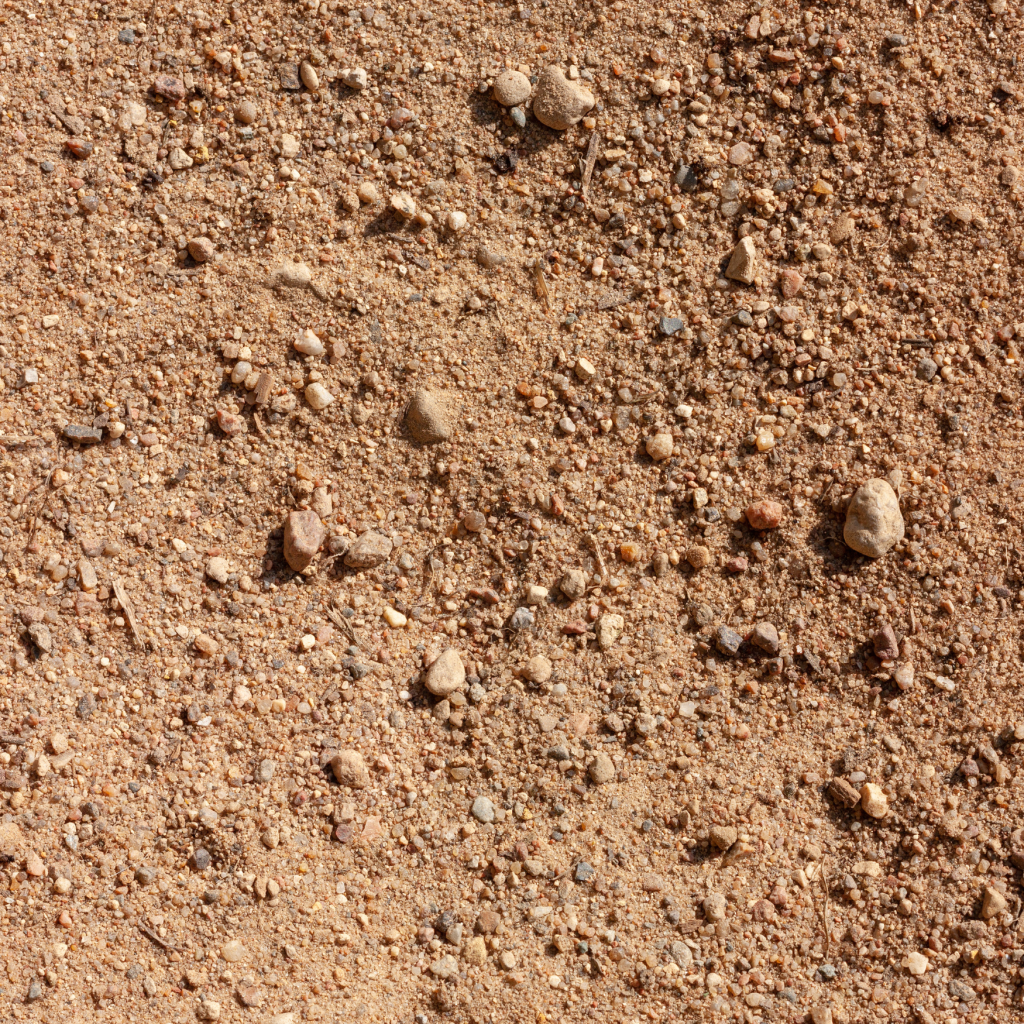
Soil is one of the most critical components of any successful garden or agricultural project. Among the various types, sandy soil stands out due to its unique properties and specific applications. This blog delves into the characteristics of sandy soil, its benefits, challenges, and best practices for managing and improving it for optimal plant growth.
What is Sandy Soil?
Sandy soil is composed primarily of sand particles, which are larger than silt and clay particles. This type of soil typically feels gritty to the touch and has a coarse texture. The size and shape of these sand particles influence the soil’s overall structure and properties.
Characteristics of Sandy Soil

- Texture and Composition: Sandy soil contains more than 70% sand and less than 15% clay. This high sand content gives it a loose, granular structure.
- Drainage: One of the most notable characteristics of sandy soil is its excellent drainage. Water moves through it quickly, which prevents waterlogging and root rot.
- Nutrient Retention: Sandy soil tends to have low nutrient retention because it does not hold onto water or nutrients as effectively as other soil types. This can lead to leaching, where nutrients are washed away from the root zone.
- Aeration: The large particles of sandy soil create significant air spaces, allowing for good aeration and root penetration. This is beneficial for plants that require well-aerated soil.
Benefits of Sandy Soil
- Good Drainage: The quick drainage makes sandy soil ideal for plants that do not tolerate standing water, such as succulents and cacti.
- Ease of Work: Sandy soil is light and easy to work with, making it simpler to till and amend compared to heavier clay soils.
- Quick Warming: Sandy soil warms up faster in the spring, which can lead to earlier planting and extended growing seasons.
- Ideal for Certain Crops: Some crops, such as root vegetables (carrots, potatoes), and Mediterranean herbs (rosemary, thyme), thrive in sandy soil conditions.
Challenges of Sandy Soil

- Low Nutrient and Water Retention: Due to its loose structure, sandy soil requires more frequent watering and fertilization.
- Soil Erosion: Sandy soil is prone to erosion by wind and water, especially if left bare without plant cover.
- pH Variability: Sandy soils can have varying pH levels, often leaning towards acidic, which may require amendments to balance.
Best Practices for Managing Sandy Soil
- Add Organic Matter: Incorporating organic materials like compost, peat moss, or well-rotted manure can improve water and nutrient retention. Organic matter helps bind sand particles together, creating a more stable structure.
- Mulching: Applying mulch can reduce water evaporation, control temperature fluctuations, and minimize soil erosion. Organic mulches, like straw or wood chips, also break down over time, adding more organic matter to the soil.
- Cover Crops: Planting cover crops such as clover or rye can protect sandy soil from erosion, enhance soil structure, and add nutrients when turned into the soil.
- Frequent but Controlled Watering: Since sandy soil drains quickly, it’s crucial to water more frequently but in smaller amounts to ensure plants receive consistent moisture without causing runoff.
- Balanced Fertilization: Using slow-release fertilizers can provide a steady supply of nutrients over time. Regular soil testing can help determine the specific nutrient needs and appropriate fertilizer types.
Conclusion
Sandy soil, with its unique properties, presents both opportunities and challenges for gardeners and farmers. By understanding its characteristics and implementing best practices, you can optimize sandy soil for a wide variety of plants. With proper management, sandy soil can be a fertile and productive medium for growing a diverse range of crops, from root vegetables to ornamental plants. Embrace the strengths of sandy soil and adapt to its needs, and you’ll be rewarded with a thriving, healthy garden.



